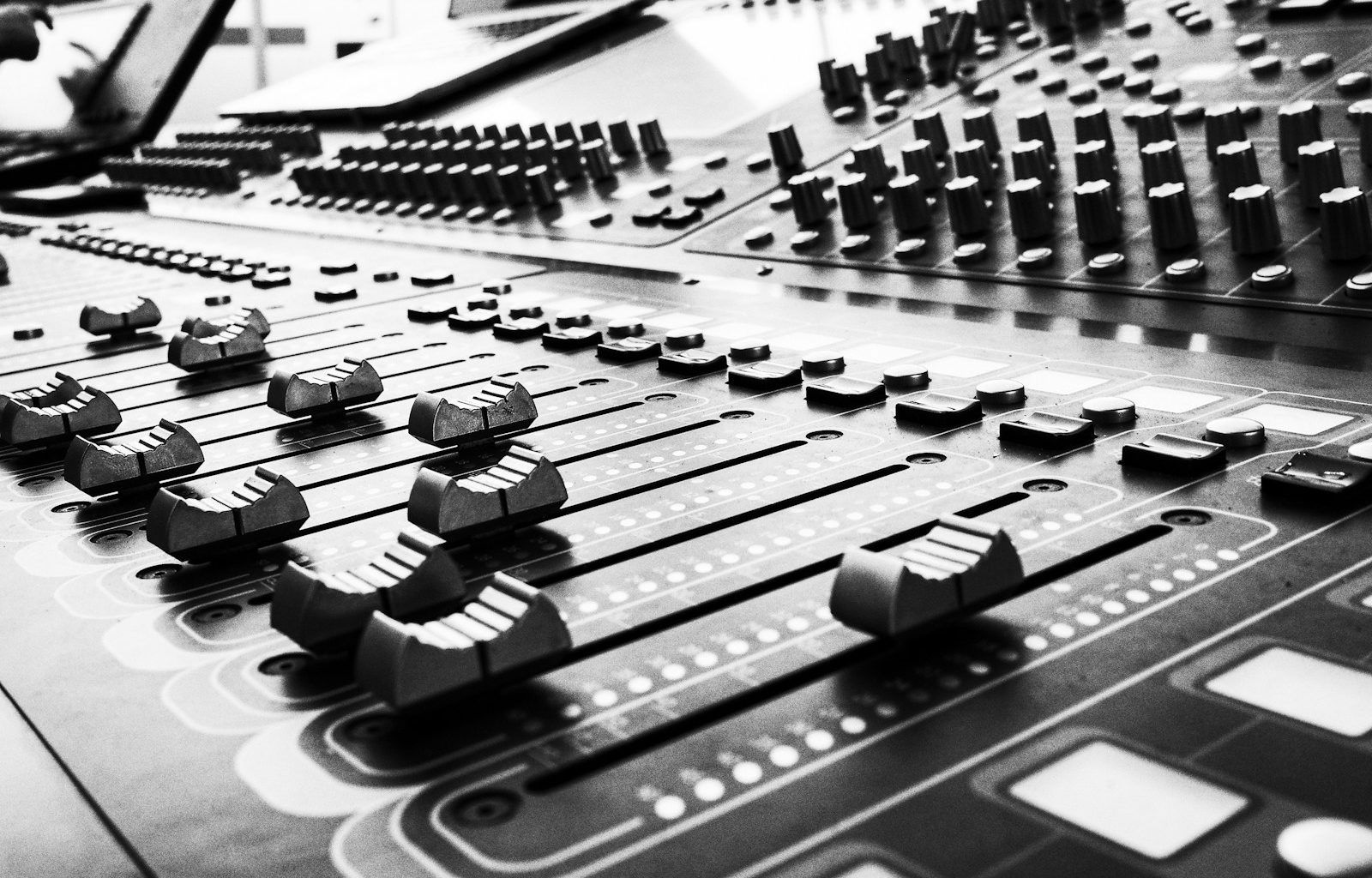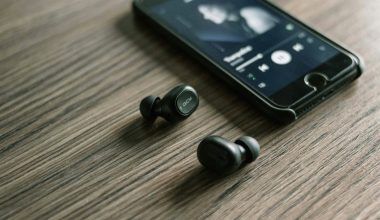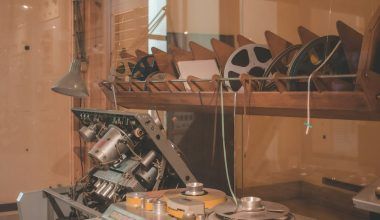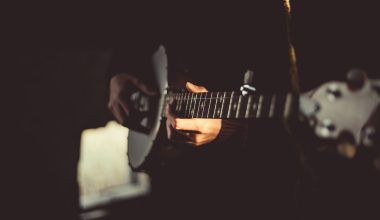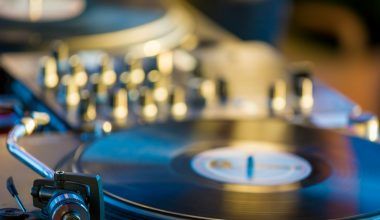Creating your own music studio can feel like a dream come true. Whether you’re a budding producer, a seasoned musician, or someone diving into the exciting world of audio production, having the right equipment in your music studio is key to unlocking your creativity. Let’s explore everything you need to know to create a space where your musical ideas come to life.
Why Choosing the Right Equipment Matters
Starting a music studio isn’t just about having a room filled with gadgets and wires. Each piece of equipment plays a role in the creative process. Imagine trying to record a song without clear sound or attempting to mix tracks on unreliable headphones. The quality of your equipment directly affects the quality of your music. So, what are the must-haves for a professional or home music studio?
The Heart of Your Studio: Audio Interfaces
One of the first things you’ll need is an audio interface. This device is what connects your instruments or microphones to your computer. It transforms the analog signals from your instruments into digital signals that your computer can process. Look for an interface that suits your specific needs. For example, if you’re recording a full band, you might need multiple input options. On the other hand, a solo musician may only require a single input. Popular choices include brands like Focusrite, Universal Audio, and PreSonus.
Building the Sound: Studio Monitors
Studio monitors are another essential piece of equipment for your music studio. These specialized speakers give you an accurate representation of your sound, unlike regular speakers that often enhance certain frequencies. The right monitors allow you to mix tracks with precision, ensuring your music sounds great on any device. Consider options like Yamaha’s HS Series or KRK’s Rokit series for excellent sound quality.
Capturing the Moment: Microphones
Microphones are indispensable for recording vocals and instruments. However, not all microphones are created equal. Condenser microphones are ideal for capturing vocals and acoustic instruments because of their sensitivity and clarity. Dynamic microphones, on the other hand, are better for louder sound sources like drums or amplifiers. Some great options to start with include the Shure SM7B or the Audio-Technica AT2020.
Getting It All Together: DAWs
A Digital Audio Workstation (DAW) is the software that serves as the command center for your studio. It’s where you record, edit, and mix your tracks. DAWs like Ableton Live, Logic Pro, and FL Studio offer a range of tools to help you create professional-grade music. Choose one that feels intuitive and matches your style of music production.
Enhancing the Acoustics: Studio Furniture
Studio furniture isn’t just about aesthetics; it’s about functionality. A sturdy desk with enough space for your monitors, keyboard, and other equipment is essential. Adjustable monitor stands and a comfortable chair will also make long recording sessions more productive and enjoyable. Remember, a well-organized workspace contributes to a smoother workflow.
Perfecting the Sound: Acoustic Treatment
Acoustic treatment is a game-changer for any music studio. Even the best equipment can’t compensate for poor room acoustics. Foam panels, bass traps, and diffusers help manage sound reflections and eliminate unwanted noise. By investing in acoustic treatment, you’ll hear your music as it truly is, making mixing and mastering more accurate.
Tools for Inspiration: MIDI Controllers
A MIDI controller is an exciting addition to any studio. These devices let you control virtual instruments, compose beats, and experiment with melodies. Whether it’s a simple keyboard or a more complex controller with drum pads, MIDI controllers like the Akai MPK Mini or Novation Launchkey can spark creativity in unexpected ways.
Keeping It Crisp: Headphones
High-quality headphones are essential for detailed audio work, especially if you’re mixing or editing in a shared space. Look for studio headphones that provide a flat frequency response, like the Audio-Technica ATH-M50x or the Beyerdynamic DT 770 Pro. These will help you catch the subtleties in your tracks that ordinary headphones might miss.
Managing the Workflow: Cables and Accessories
Don’t overlook the importance of reliable cables and connectors. Faulty cables can disrupt your workflow and even damage your equipment. Invest in sturdy XLR cables for microphones, balanced TRS cables for monitors, and a cable management system to keep everything organized.
Staying Powered: Power Conditioners
A power conditioner protects your equipment from power surges and electrical noise. This simple addition can extend the life of your gear and keep your studio running smoothly. Look for models that offer multiple outlets and surge protection.
Adding Personal Touches: Extra Equipment
As you grow, you might want to add equipment like a synthesizer, drum machine, or additional microphones to expand your creative possibilities. Remember, your studio evolves with you, so feel free to upgrade or experiment as you gain experience.
Making It All Work Together
Building a music studio is more than just buying the right equipment. It’s about creating a space where you feel inspired and ready to create. Take your time setting it up, test your gear thoroughly, and don’t hesitate to seek advice from fellow musicians or producers. With the right setup, your music studio can become the ultimate playground for your imagination.
For further reading, explore these related articles:
- Everything I Wanted Lyrics – Dive into Billie Eilish’s Emotional Masterpiece
- Future Life is Good Lyrics: A Simple Guide to the Song and Its Meaning
For additional resources on music marketing and distribution, visit DMT Records Pvt. Ltd..
